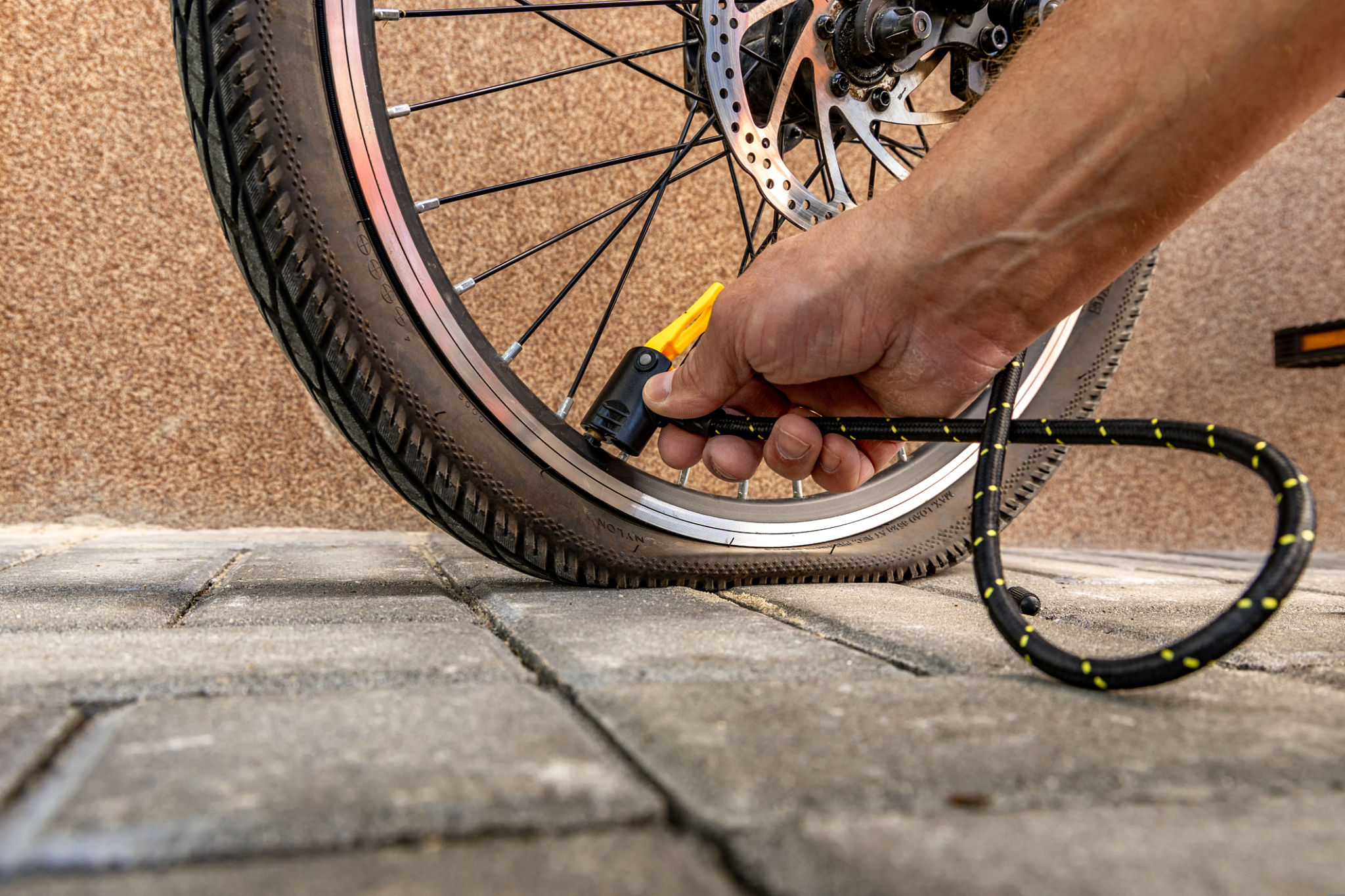DIY Roadside Assistance: What You Can Do Before Calling for Help
Flat Tire Fixes
One of the most common roadside issues is a flat tire. Before you panic, it's useful to know that changing a tire is a straightforward process that you can handle on your own. Ensure you have a spare tire, a jack, and a lug wrench in your vehicle. Begin by finding a safe location to pull over and engage your parking brake. Loosen the lug nuts slightly before using the jack to lift the car off the ground. Once elevated, remove the lug nuts completely, replace the flat tire with the spare, and tighten the lug nuts securely.

If you're not confident in changing the tire yourself, consider investing in a tire repair kit. These kits often include sealant and a compressor, which can temporarily fix small punctures and get you to a nearby service station.
Battery Boosting
A dead battery can be an unexpected inconvenience. To handle this situation, keep jumper cables in your car at all times. You'll need another vehicle with a good battery to jump-start your car. Connect the cables in the correct order: positive to positive and negative to negative. Start the working vehicle first, and then try starting your car. Once your car is running, leave it on for at least 20 minutes to recharge the battery.

For those who travel alone frequently, investing in a portable jump starter can be a wise decision. This device allows you to jump-start your vehicle without needing another car, providing independence and peace of mind.
Handling Overheating
An overheating engine is another issue that can leave you stranded. If you notice the temperature gauge rising or steam coming from under the hood, safely pull over as soon as possible. Turn off the engine and allow it to cool down for at least 30 minutes before checking the coolant level. If necessary, add coolant or water to the radiator.

To prevent future overheating problems, regularly check your radiator and coolant levels, especially before long trips. Ensuring these are at optimal levels can save you from roadside headaches.
Fuel Troubles
Running out of fuel is inconvenient but often preventable. If you find yourself in this situation, it's important to stay calm. Keep a fuel canister in your trunk so that if you're within walking distance of a gas station, you can refill easily.
For those who are not close to any services, it's beneficial to have a roadside assistance service number handy for emergencies like these. Many insurance plans offer fuel delivery as part of their coverage.
Emergency Kit Essentials
An emergency kit is a must-have for any driver and can help in various situations beyond running out of gas or dealing with a flat tire. Your kit should include:
- First-aid supplies
- Flares or reflective triangles
- Flashlight with extra batteries
- Basic tool set
- Blanket and water bottles

These items can provide temporary relief and ensure you're prepared for most roadside emergencies until professional help arrives.
Utilizing Smartphone Apps
In today's digital age, numerous smartphone apps can assist when you're stranded. Navigation apps can help locate nearby services like gas stations or repair shops. Additionally, some apps are designed to connect you with local roadside assistance providers who can offer help quickly.
Keeping these apps installed on your phone ensures you're never truly alone on the road. They provide real-time updates and guidance tailored to your specific situation.
